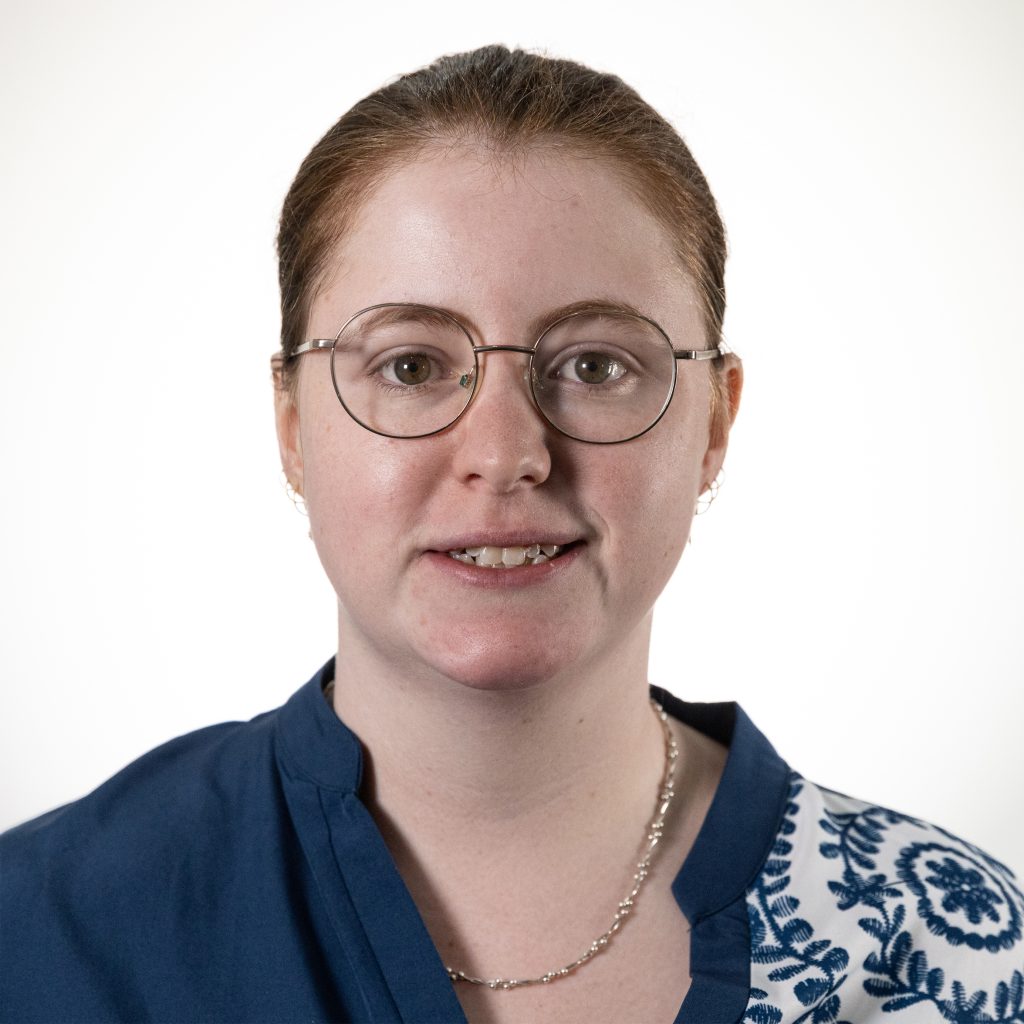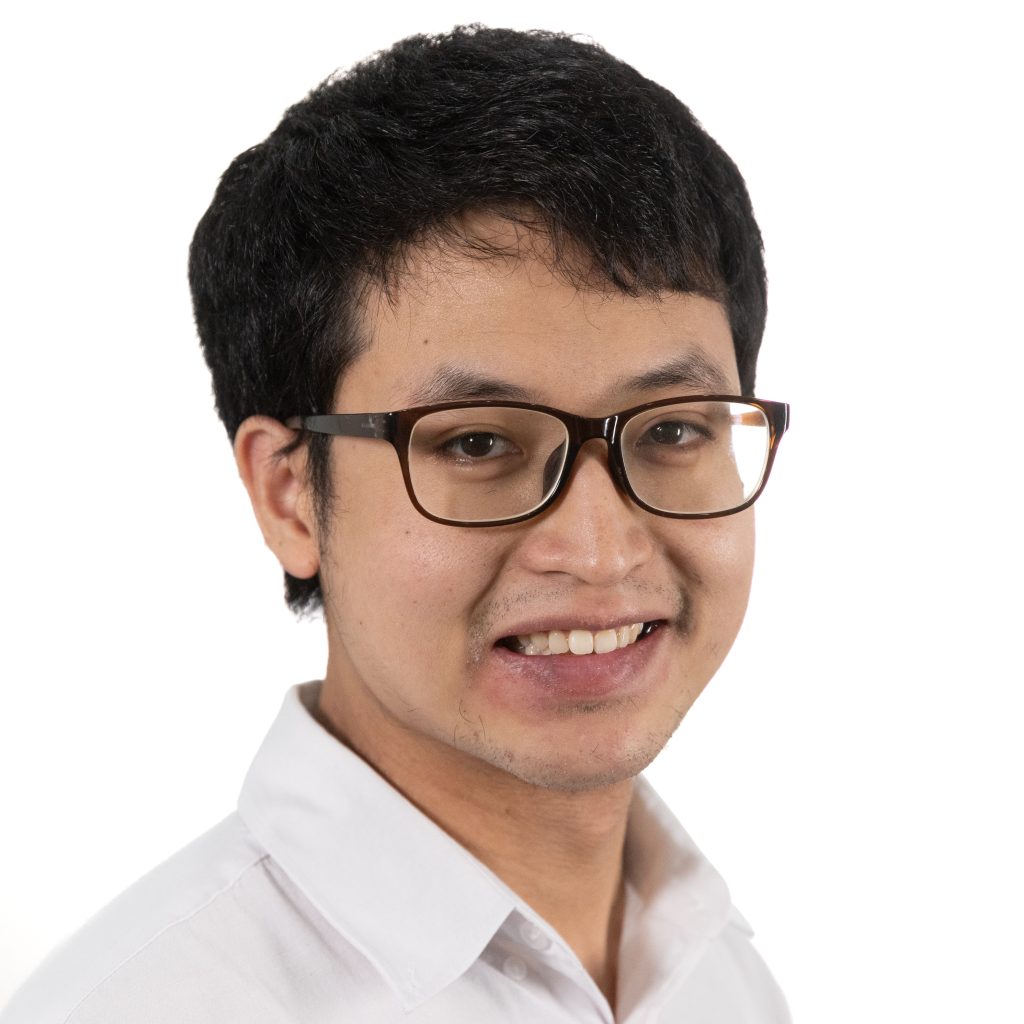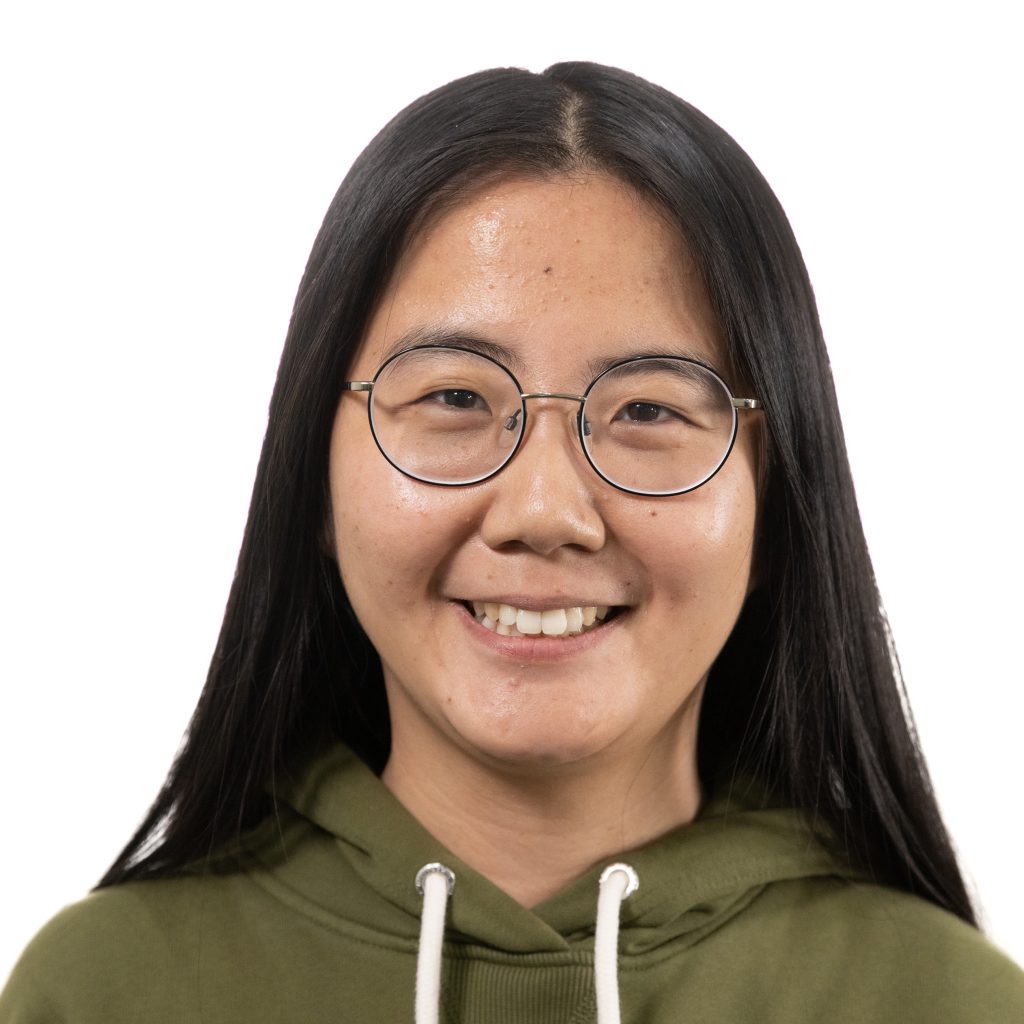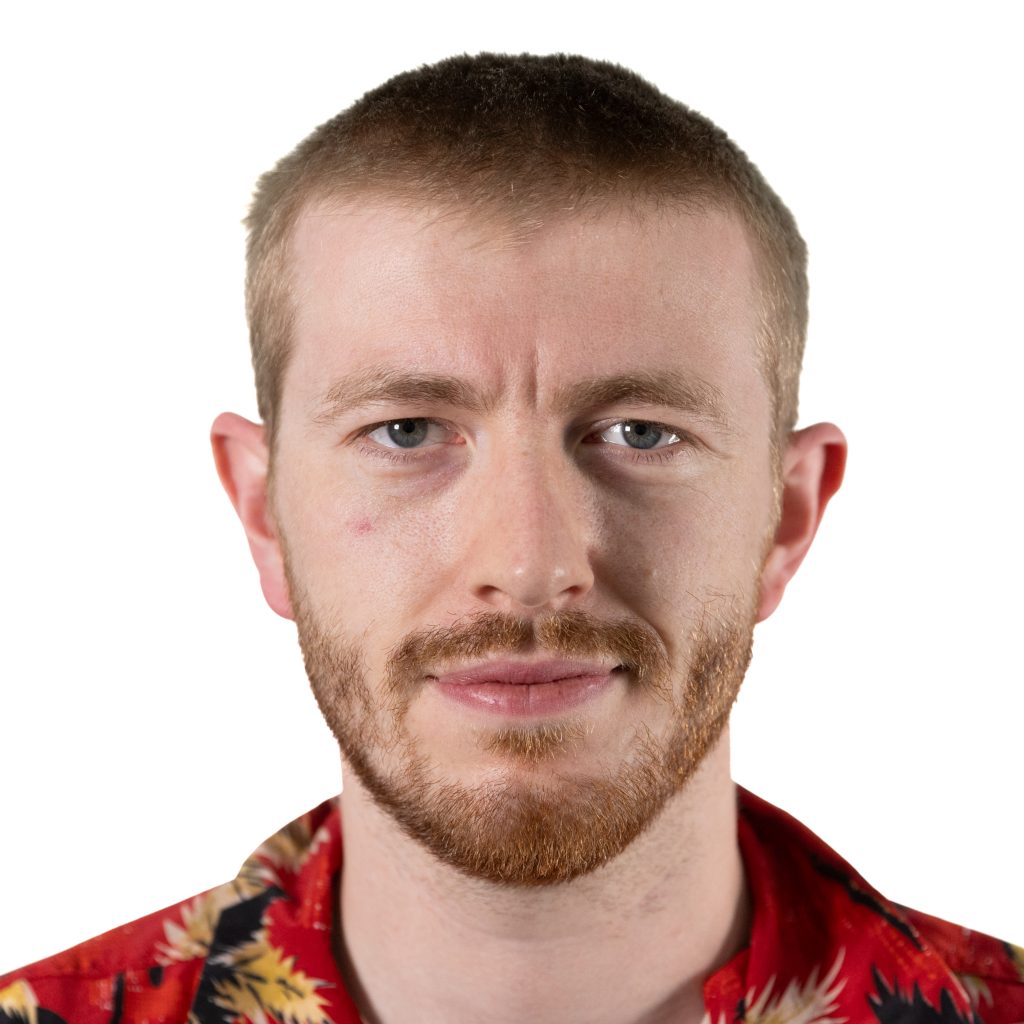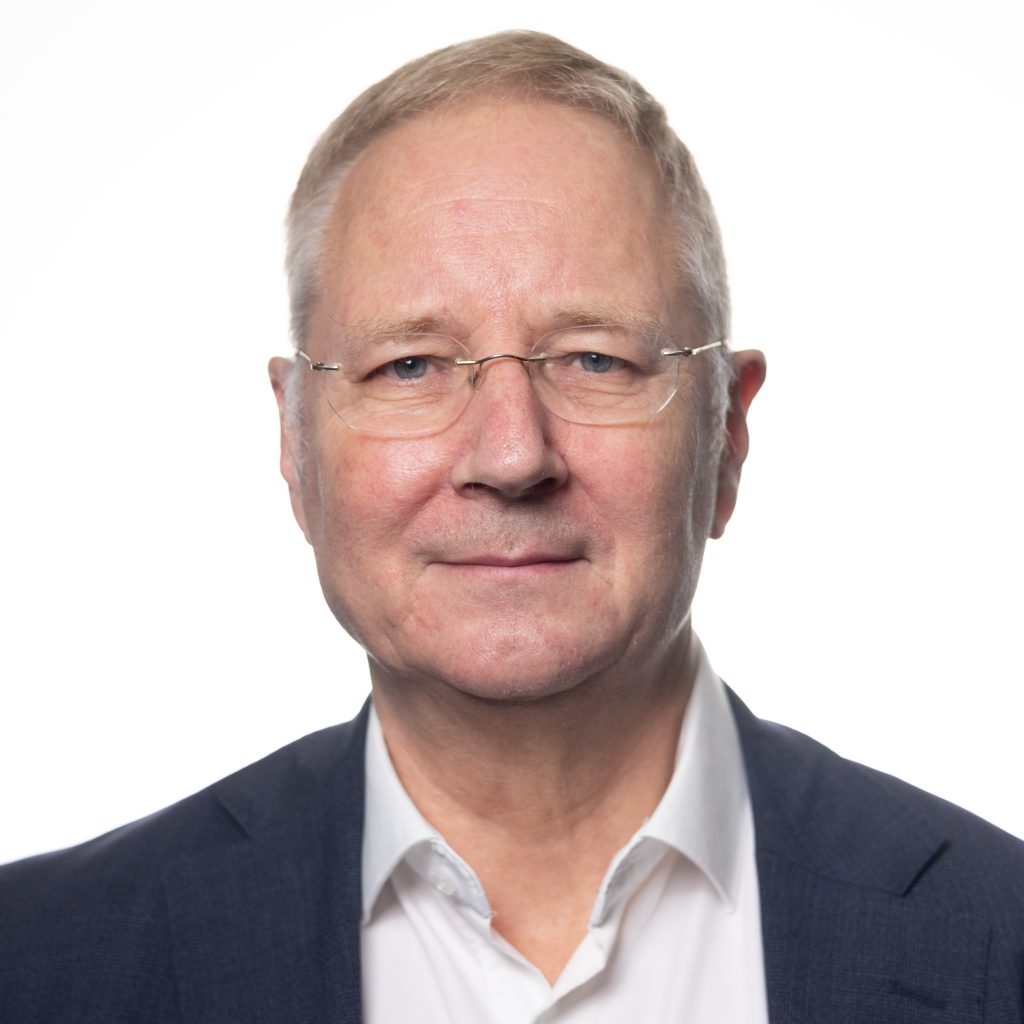The microcomb could transform industries – but only if more people can use them
Our microcombs have already shown revolutionary outputs for information and intelligence and led to record-breaking internet speeds on a single optical chip. At COMBS we see even greater potential – but only if more people could use them.
The challenge
The world’s most accurate tool is very helpful – but only specialists can currently use them
At COMBS, we aim to make microcombs an accessible tool for the world’s most accurate measurements – enabling breakthroughs like earlier disease detection with handheld diagnostics or helping telescopes to find Earth-like planets.
Our team has already broken records with specific soliton crystal microcombs – enabling the world’s fastest internet and high-capacity brain-like neural networks.
However, while these devices require little training in established setups, they remain too complex for new users.
To unlock their full potential, we need to make them more user-friendly – allowing astronomers, seismologists or biomedical experts to transform their work, without needing to be a PhD microcomb expert.
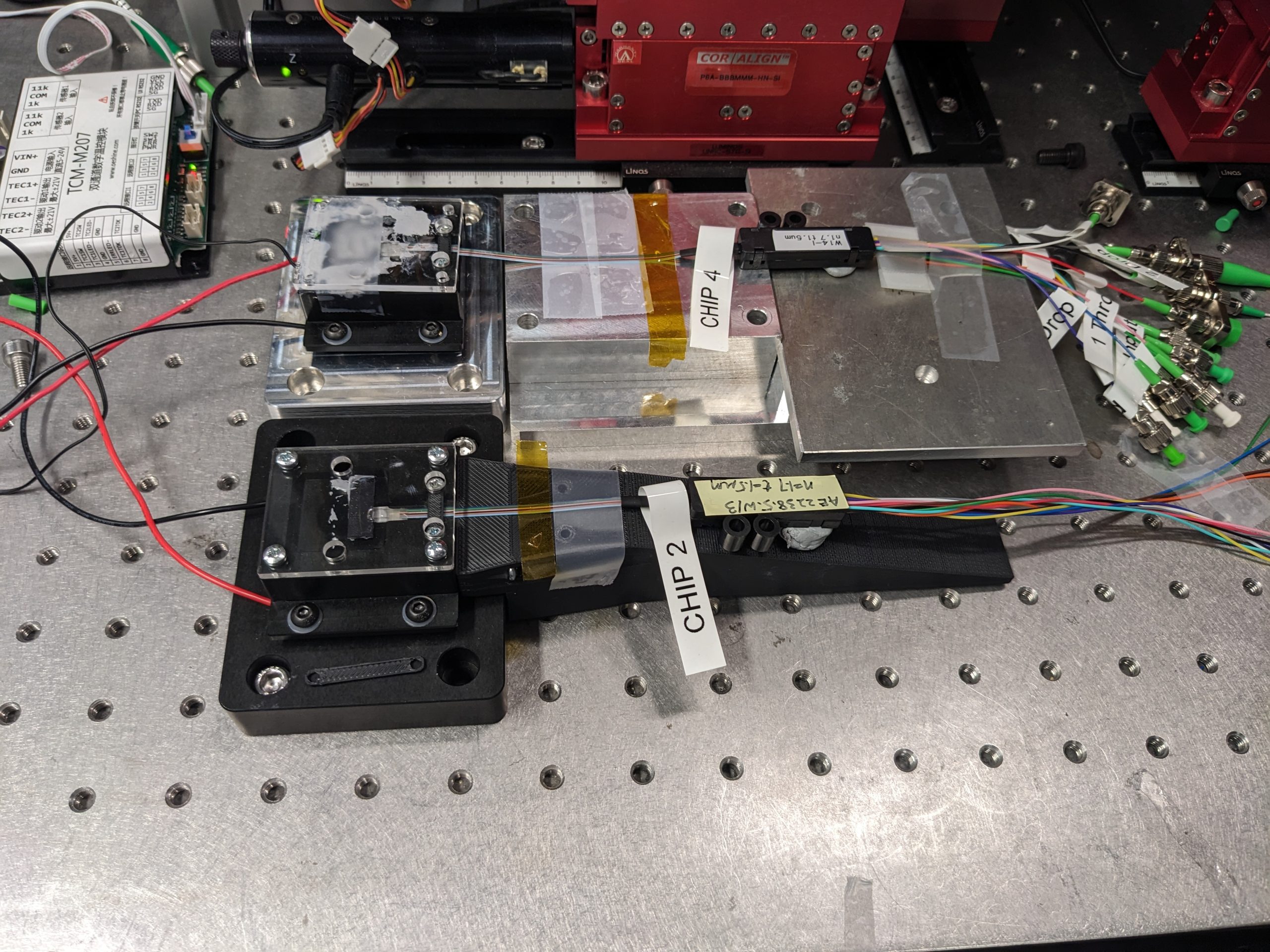
A record-breaking specific soliton crystal microcomb
Our response
Translating microcomb technology from lab to application
Bridging fundamental research and real-world applications starts with connecting technologists and end-users.
At COMBS, we have embedded this approach, bringing microcomb experts and potential end-users from astronomy, data infrastructure and biomedical imaging together.
One end-user is Astrocombs researcher Toby Mitchell, who needs a fully stabilised, reliable reference for telescopes to find Earth-like planets or track the Universe’s accelerating expansion in real-time.
To support this, COMBS microcomb experts Park Prayoonyong, Caitlin Murray and Yang (Susan) Sun developed a microcomb ‘recipe card’ – a how-to guide – to help Toby take the first step in using the technology.
The results and current progress
Making microcombs work for end-users – a key step forward
Over three to four months, technologists Park, Caitlin and Susan trained Toby to use their soliton crystal microcomb. Their collaboration mirrored the real-world technologist and end-user collaboration – defining requirements, troubleshooting stability issues, and refining techniques along the way.
The team found the ‘recipe card’ was a good starting point, but direct expert support was crucial for troubleshooting specific issues – an essential step for future training.
Initially unfamiliar with this type of microcomb, Toby can now independently operate and generate them, enabling new astronomical experiments.
While our ultimate goal is to make microcombs as accessible as consumer electronics, this project is a key step in bringing together our microcomb experts and end-users to enable real-world impact.

